Advocating for Acer with Winter Interest
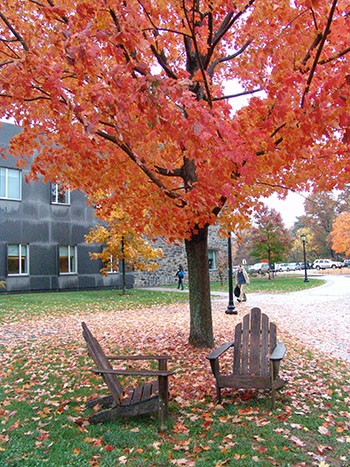 Maples are a fascinating group of plants. The genus Acer contains about 238 botanical taxa and hybrids found throughout every continent in the Northern Hemisphere. Interestingly, only one species, Acer laurinum, occurs in the Southern Hemisphere.
Maples are a fascinating group of plants. The genus Acer contains about 238 botanical taxa and hybrids found throughout every continent in the Northern Hemisphere. Interestingly, only one species, Acer laurinum, occurs in the Southern Hemisphere.
Commercially, maples are harvested for timber and sap. The sugar maple, Acer saccharum, is tapped for sap. Forty quarts of sap are required to make one quart of syrup. While most any species of Acer can be harvested for sap, few produce sufficient quantities for production purposes. Sugar maple is also a valuable lumber crop. Bowling pins, pool cue shafts, butcher blocks, and baseball bats are made from maple. Certain species possess unique wood grain patterns making it ideal for carving and fine woodwork.
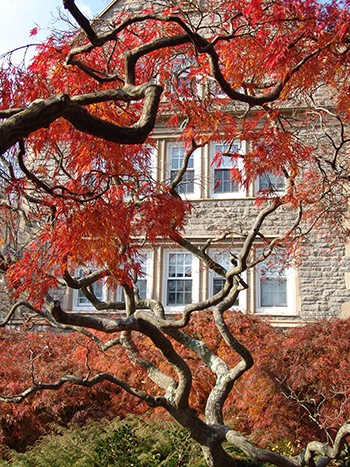
Acer palmatum ‘Dissectum Ornatum’ has great branching structure and fall color. photo credit: R. Manduca
Maple pulpwood has relatively thick fibers which prevent collapse during drying, which translates to good opacity and bulk for paper products. Maple is a tonewood – a wood that carries sound waves well, thus making it the wood of choice for such instruments as violins, violas, cellos, and bassoons.
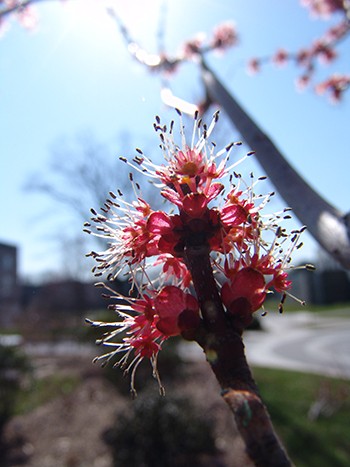
Acer rubrum Fairview Flame R red flowers are a good source of early spring pollen. photo credit: J. Jin
Maples are horticulturally significant. As an early source of pollen, maples help sustain spring pollinating insects. Numerous species of Lepidoptera larvae feed on maple trees.
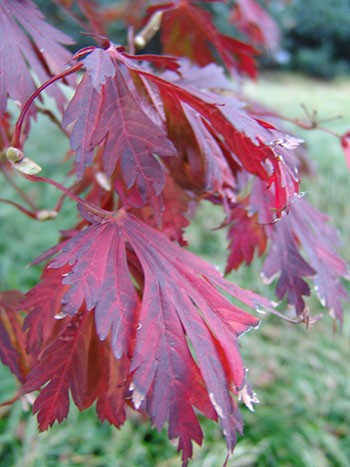
Acer japonicum ‘Aconitifolium’ lovely fall color makes it a delightful plant for ornamental landscapes. photo credit: R. Robert
Some species of maple, Acer japonicum, Acer palmatum, and Acer rubrum to name a few, are extensively planted as ornamental trees by homeowners, businesses, and municipalities due to their relatively fast growth, ease of transplanting, lack of hard seeds, and beautiful fall color.
Maple collections, dubbed aceretums, are prevalent in Europe and North America. A dozen institutions throughout Canada and the United States participate in the Plant Collections Network Multisite program. The multisite program, striving to promote collaboration and preserve germplasm, was created in the recognition that no one institution can cultivate a complete and comprehensive collection of maples. Institutions include Arnold Arboretum, Cornell Plantations, Morton Arboretum, and The Bartlett Tree Research Laboratories and Arboretum.
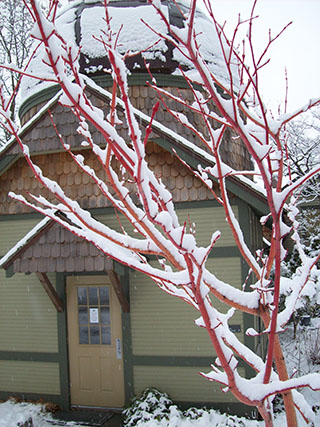
Acer pensylvanicum ‘Erythrocladum’ has striking winter bark like red stemmed dogwoods. photo credit: J. Coceano
The Scott Arboretum cultivates over 130 maple accessions. While maples are perhaps most well known for their foliage – be it the delicate, lacy leaves of Japanese maples or the bold, bright fall foliage of red and sugar maples – several species of Acer boast colorful stems that rival the winter color found on certain species of Salix or the numerous cultivars of redtwig and bloodtwig dogwoods.
Acer pensylvanicum, known as snake bark maple for the white vertical bark striations, is a native understory species found from Quebec to Wisconsin and south to northern Georgia. Plants prefer cool, evenly moist soils, and as, such must be sited with those cultural conditions in mind.
Acer pensylvanicum ‘Erythrocladum’ bears bright coral-red stems. Best color is found on first and second year stems. Older braches become brown and brick red with age. A specimen can be found near the Off Campus Study building in the Terry Shane Teaching Garden. Unfortunately, this plant is struggling. The loss of a mighty nearby beech tree means that a spot that was once cool and shady is now in full sun.
‘White Tigress’ has distinct green and white striations. The cultivar is best suited in the colder regions of its range as heat-stressed plants are subject to canker.
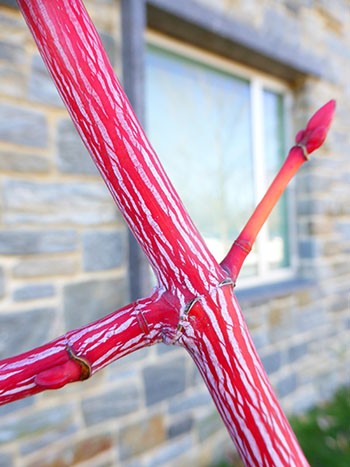
Acer x conspicuum ‘Phoenix’ is hands down my favorite of the winter-interest maples. photo credit: J. Coceano
Acer x conspicuum ‘Phoenix’ is hands down my favorite of the winter-interest maples. The pinkish-red stems glow in the low winter light and look especially stellar against snow or a dark backdrop.
Few are strangers to the beauty of Acer palmatum. Hundreds of cultivars of Japanese maples are available on the market today. While habit and leaf shape are the primarily differentiators, a few bear bright, beautiful winter coloration.
‘Bihou’ is an upright selection with glowing apricot-yellow stems. New leaves emerge chartreuse green with red margins and eventually transition to summer green.
‘Sango kaku’ is also upright with a vase-shaped habit. Green leaves develop good fall color and orange-red winter stems. By no means is this a complete list of maples worthy of inclusion in the winter landscape but merely a tickler for considering this diverse and beautiful genus.





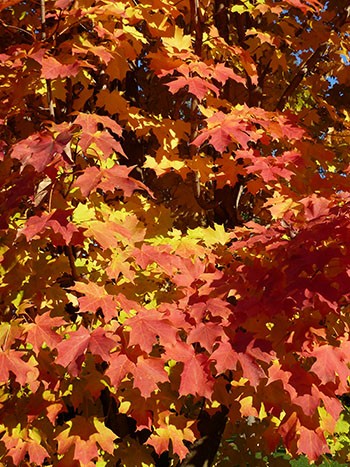
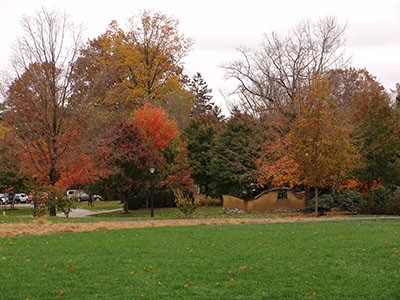
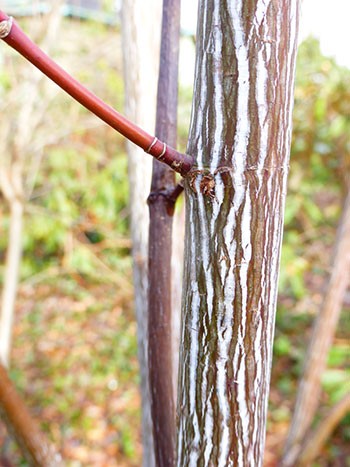
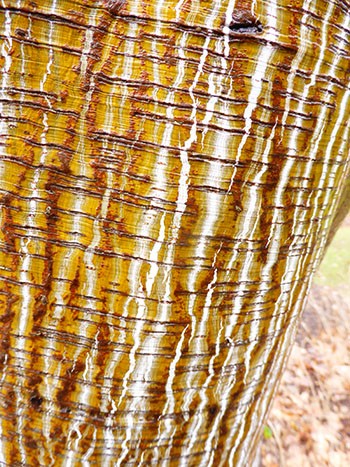
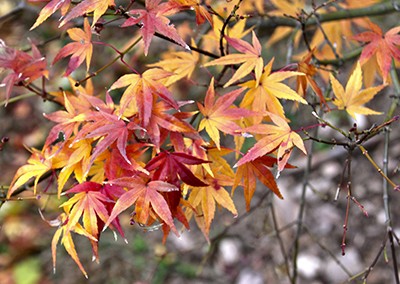
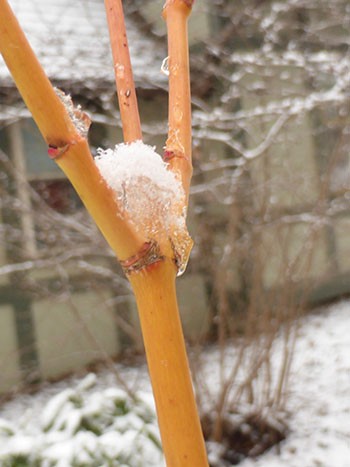
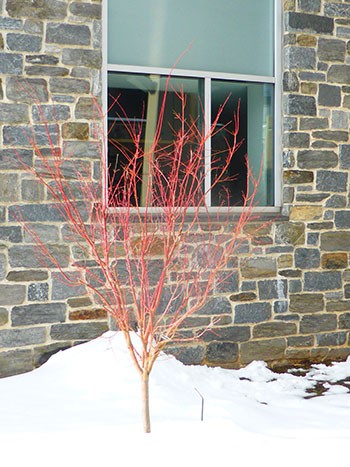
No Comments